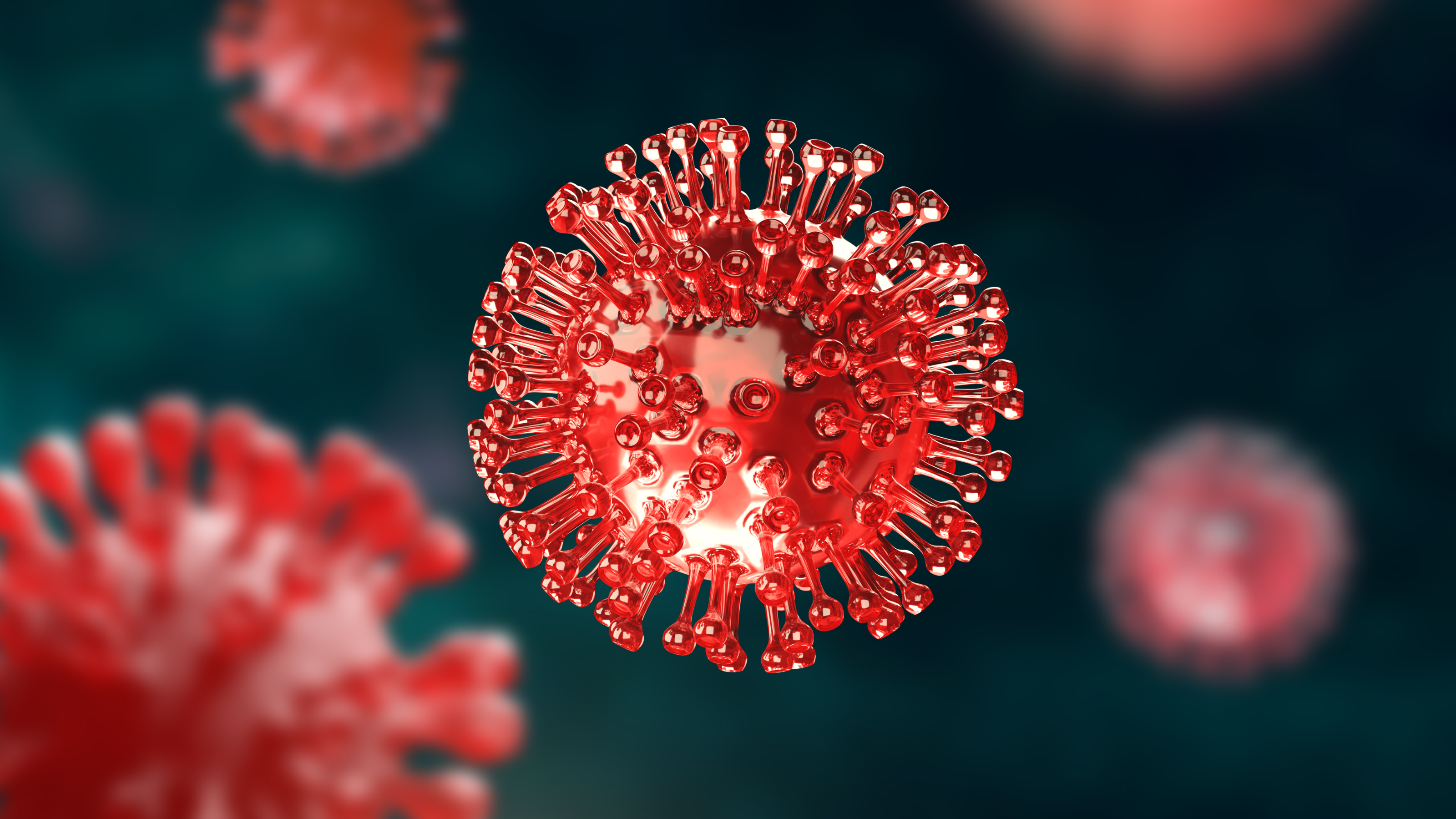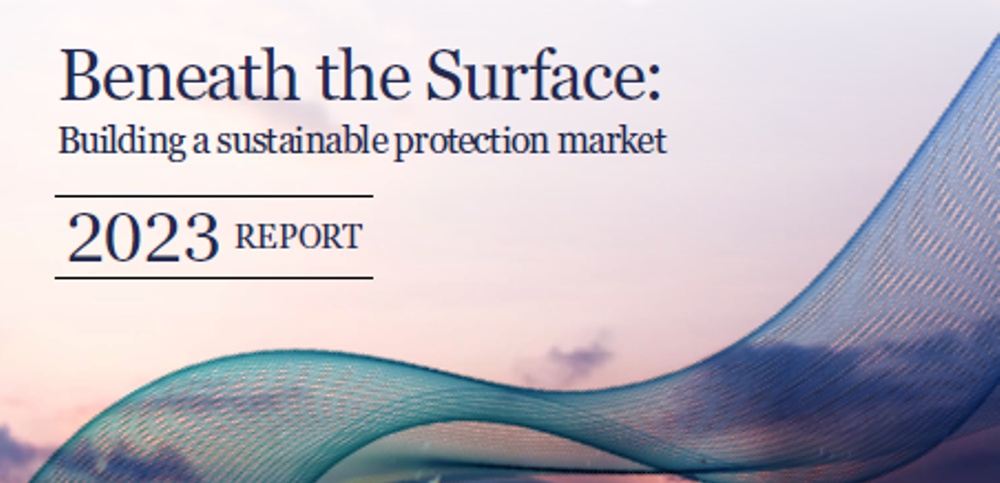Mike Wilson | Director, Medical Analytics | 07 December 2023
A new UN report reveals optimism about a possible end to the global AIDS epidemic.
The UN has set so-called 95-95-95 targets. This means:
• 95% of people living with HIV know their status
• 95% of those who know they have HIV are on antiretroviral treatment
• 95% of people on treatment are successfully virally suppressed
Many countries already meet these targets. This increasingly includes countries in the worst-affected parts of the world such as sub-Saharan Africa where five nations already meet these standards. Around the world another 16 are close to doing so, half of them in Africa.

Access to treatments continues to expand rapidly. At present 30 million out of 39 million estimated to be HIV positive globally (77%) are on treatments and an additional 1.6 million received treatment in each of 2020, 2021 and 2022. Treatment has averted around 20 million deaths since the turn of the century (see graph).

Notably the estimate for total numbers affected comes with wide uncertainty (95% confidence that it is between 33 and 46 million) reflecting poor infrastructure in many badly affected countries.
AIDS is the name given to the collection of immune related diseases associated with the damage caused by HIV.
Claims in this report that it could be eliminated by 2030 do seem optimistic considering the disease claimed a life every minute in 2022. However, two decades ago deaths were four times as high and the current trend is promising. This creates cause for optimism that further substantial improvements can be expected in this decade.1
Numbers of new HIV infections, especially among children and young women, have halved since 2010, meaning the numbers of new people at risk of AIDS is rising far less rapidly.
The principal challenges to progress relate to gender inequalities, violence, stigma, discrimination, and harmful laws, including against homosexuality. Improvements in Africa are not mirrored in Asia and the Pacific where new HIV infections are rising. Countries achieving success tend to be more successful at addressing the above challenges, though significant shortfalls remain. Globally, investment is falling slightly, with funding gaps in Eastern Europe, Central Asia, the Middle East and North Africa.
HIV/AIDS has now been around for long enough that its continuing impacts on mortality can feel like an inevitability. However, these impacts have diminished greatly in recent decades, and there is real hope that a combination of government-led policy and community-led programmes could build on that progress to further reduce the footprint of the disease in the coming years.
Pacific Life Re Limited (No. 825110) is registered in England and Wales and has its registered office at Tower Bridge House, St Katharine’s Way, London, E1W 1BA. Pacific Life Re Limited is authorised and regulated by the Financial Conduct Authority and Prudential Regulatory Authority in the United Kingdom (Reference Number 202620). The material contained in this booklet is for information purposes only. Pacific Life Re gives no assurance as to the completeness or accuracy of such material and accepts no responsibility for loss occasioned to any person acting or refraining from acting on the basis of such material.
©2024 Pacific Life Re Limited. All rights reserved.

Mike Wilson
Director, Medical Analytics











.png)
.png)





















.png)